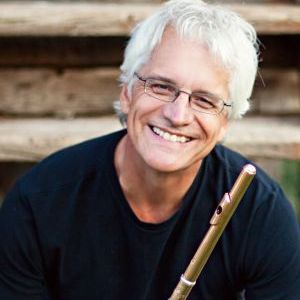1. Stand with your feet apart, left foot forward and right foot back and slightly turned out. This stance gives you stability which will translate into strength and power in your playing.
2. This one is more for people like me, flexible in a not-so-good way - watch your knees. Don't lock them or bend them backward as that messes up the alignment of your pelvis and back. Obviously this will impact your ability to breathe and, quite frankly, you might pass out with your knees locked. Not good. For those people, like me, you might feel like your knees are more bent than they are and you might feel unstable in that position. What Sparks suggested, and it makes sense, is that because you are not accustomed to standing thus, your joints and muscles are weak in this position. Strengthen them by insisting that you play and stand with your knees in the correct place.
3. Don't slouch. Mark Sparks called me out on this one a few times last night (it is almost like the guy didn't know that I just had a baby and that I take care of my two demons all day). When you slouch, you aren't ready to play. Not fully, not well. If you pretend there is a string coming out of the top of your head and that it is gently pulling up, your body will naturally stand straight up in a relaxed manner (this I learned from a decade of ballet). The other point Sparks made in regard to slouching is that you want people to be interested in your playing before you start playing. You need to demand and command the attention of the audience. This is your presence as a musician and it should be powerful. Slouching does not suggest power or, even worse, interest.
4. You need to have this presence or persona that is directly linked to your flute playing. This means that every time you pick up your flute, practicing or performing (really, what is the difference?), this persona takes over. Your posture automatically improves (if necessary) and through your posture you put your best foot forward (there is a potential joke here, I am pretty sure) and lay a solid foundation before your flute gets anywhere near your face.
5. Bring your flute to your face, not the other way around. If you bring your face to your flute, your posture will be out of line.
 Sparks also discussed tone and suggested playing without vibrato (say what?! I feel like this has been mentioned previously in my blogging) and warming up slowly, meaning playing scales slowly to reacquaint yourself with your flute. I haven't been more nervous playing a B to a Bb before in my life. It was an amazing experience that only makes me want to go to St Louis and play more than two notes for Mr. Sparks to hear what he would have to say. Like all of my music experiences, Mark Sparks affirmed my love for fluting. Thank you, sir!
Sparks also discussed tone and suggested playing without vibrato (say what?! I feel like this has been mentioned previously in my blogging) and warming up slowly, meaning playing scales slowly to reacquaint yourself with your flute. I haven't been more nervous playing a B to a Bb before in my life. It was an amazing experience that only makes me want to go to St Louis and play more than two notes for Mr. Sparks to hear what he would have to say. Like all of my music experiences, Mark Sparks affirmed my love for fluting. Thank you, sir!


No comments:
Post a Comment